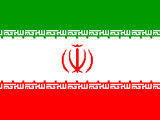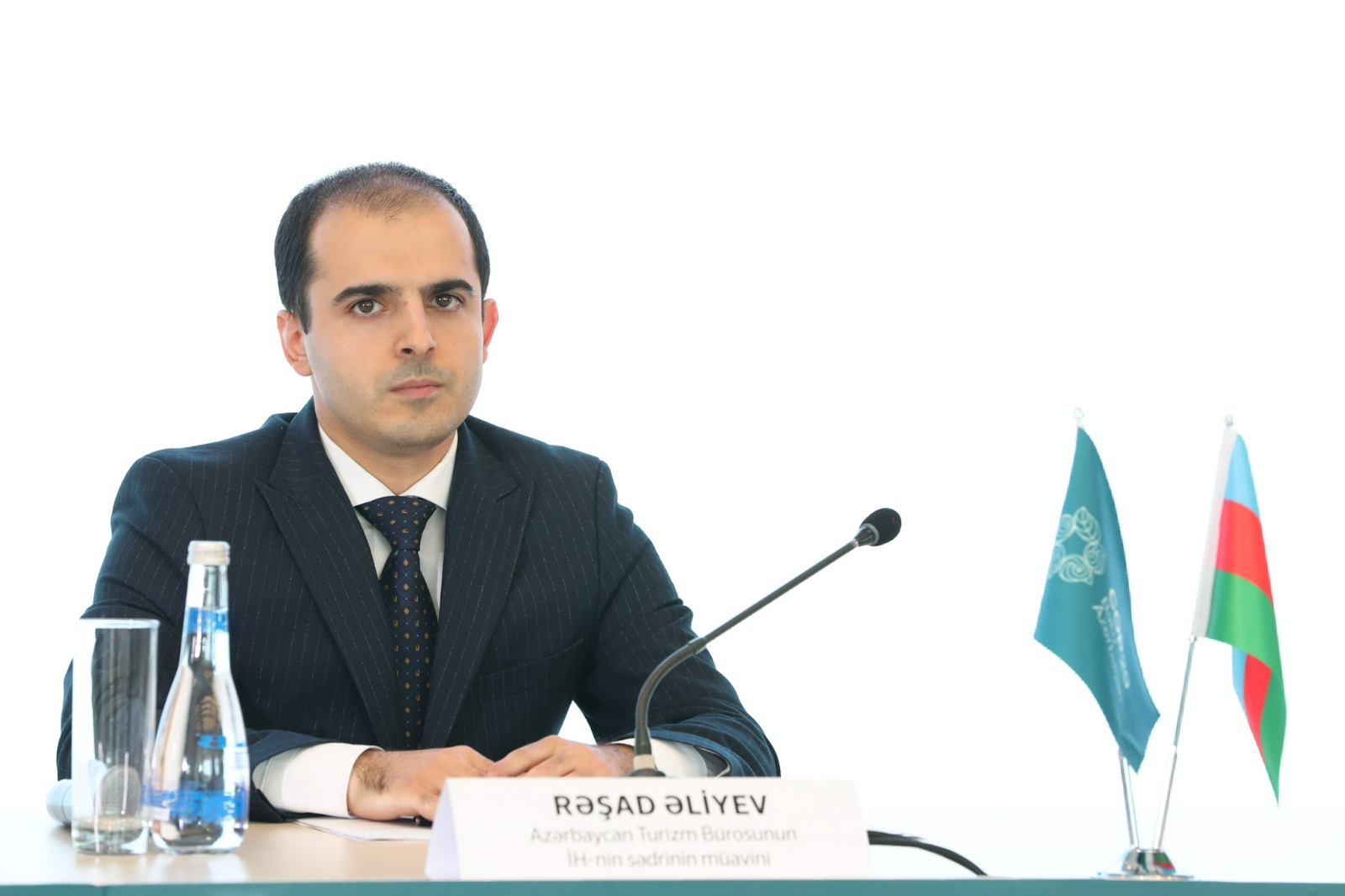|
|
TODAY.AZ / Politics
Iran official says allows U.N. cameras at atom site
02 February 2007 [15:51] - TODAY.AZ

He also denied some reports that Iran had begun installing 3,000 centrifuges to step up uranium enrichment. "It has not started yet," he said. Enriched uranium can be used to run power plants or to
The official, who declined to be identified further, spoke after diplomats in Vienna, where the U.N. atomic watchdog is based, said Iran had refused to let U.N. inspectors set up cameras at the underground section of the Natanz complex.
The West suspects Iran, which hid enrichment research from the IAEA for 18 years, is striving to build atomic bombs behind the facade of a civilian energy program. IAEA probes have found no proof of bombmaking, but raised many questions.
But an Iranian news agency said in a report that was not clearly sourced that plans to expand work at Natanz might lead to "limited changes" in the way U.N. inspectors carried out their work, including camera installation.
The U.N. International Atomic Energy Agency (IAEA) conducts inspections of Natanz and other Iranian nuclear facilities to try to verify that work is not being diverted to making nuclear bombs, which the West fears. Iran denies such intentions.
"The installation of cameras has taken place in Natanz. We have cooperated with the IAEA based on the safeguards and we will continue to do so in the framework of cooperation and treaties," the official told Reuters.
"The installation of monitoring systems and surveillance is taking place correctly and in the past days, the monitoring system has been strengthened and there is no problem regarding this issue between Iran and the agency," he said.
The official said he was referring to Natanz's underground hall, where 3,000 centrifuges are set to be installed. The complex includes a small, above-ground centrifuge research facility that is under steady IAEA camera surveillance.
Asked about the Iranian official's denial, a Vienna diplomat familiar with IAEA operations reaffirmed that Iran had caused a holdup with camera preparations at the underground plant.
"But it's not a fait accompli. There have been contacts to resolve the matter," the diplomat told Reuters on Friday.
Iran's student news agency ISNA said the decision to move from research and development at Natanz to industrial-level work "will naturally have some limited changes in the way the inspectors inspect and install cameras, and in some of the agency's technical and legal regulations."
ISNA did not give further details or a clear source.
Centrifuges are machines that make nuclear fuel for power stations or material for warheads. The expansion is part of plans to move up from experimental enrichment to what Iran calls "industrial-scale" enrichment.
It would not be illegal for Iran to refuse to allow cameras to be hooked up in the subterranean centrifuge hall because nuclear work has not yet commenced.
The West suspects Iran, which hid enrichment research from the IAEA for 18 years, is striving to build atomic bombs behind the facade of a civilian energy program. IAEA probes have found no proof of bombmaking, but raised many questions.
The United Nations has slapped sanctions on Iran's nuclear program after Tehran failed to halt uranium enrichment work, which Tehran insists is only aimed at generating electricity. Reuters
URL: http://www.today.az/news/politics/35831.html
 Print version
Print version
Connect with us. Get latest news and updates.
See Also
- 26 June 2025 [11:11]
Will Pashinyan be able to finally break the revanchists? - 26 June 2025 [09:04]
First VP Mehriban Aliyeva shares post on occasion of 26 June - Armed Forces Day - 26 June 2025 [00:02]
President Ilham Aliyev posts on social media on occasion of Armed Forces Day - 25 June 2025 [15:53]
Azerbaijani delegation meets with reps of various religious denominations in Germany - 25 June 2025 [12:30]
Azerbaijan elected to UN Committee on Migrant Workers’ rights for 2026-2029 term - 25 June 2025 [11:56]
President Ilham Aliyev sends congratulatory letter to President of Slovenia - 25 June 2025 [11:37]
President Ilham Aliyev awards top military rank to several MoD servicemen - 25 June 2025 [11:24]
Final date of Milli Majlis extraordinary session meeting announced - 25 June 2025 [11:23]
President Ilham Aliyev awards group of servicemen - decree - 24 June 2025 [17:34]
Azerbaijani Foreign Ministry welcomes Israel-Iran ceasefire
Most Popular
 President Ilham Aliyev attends opening of Yevlakh pilot agricultural park
President Ilham Aliyev attends opening of Yevlakh pilot agricultural park
 President Ilham Aliyev attends construction materials production facility opening in Goranboy
President Ilham Aliyev attends construction materials production facility opening in Goranboy
 President of Azerbaijan Ilham Aliyev receives Italian delegation led by Minister for Enterprises and Made in Italy in Mingachevir
President of Azerbaijan Ilham Aliyev receives Italian delegation led by Minister for Enterprises and Made in Italy in Mingachevir
 40 kilometers that could save Armenia
40 kilometers that could save Armenia
 Microsoft to develop AI in Hungarian
Microsoft to develop AI in Hungarian
 Tourism Bureau: Cooperation with Azerbaijan Railways to boost regional travel
Tourism Bureau: Cooperation with Azerbaijan Railways to boost regional travel
 President Ilham Aliyev received Chairman of the Board of China’s Dongfang Electric International Corporation in Mingachevir
President Ilham Aliyev received Chairman of the Board of China’s Dongfang Electric International Corporation in Mingachevir
